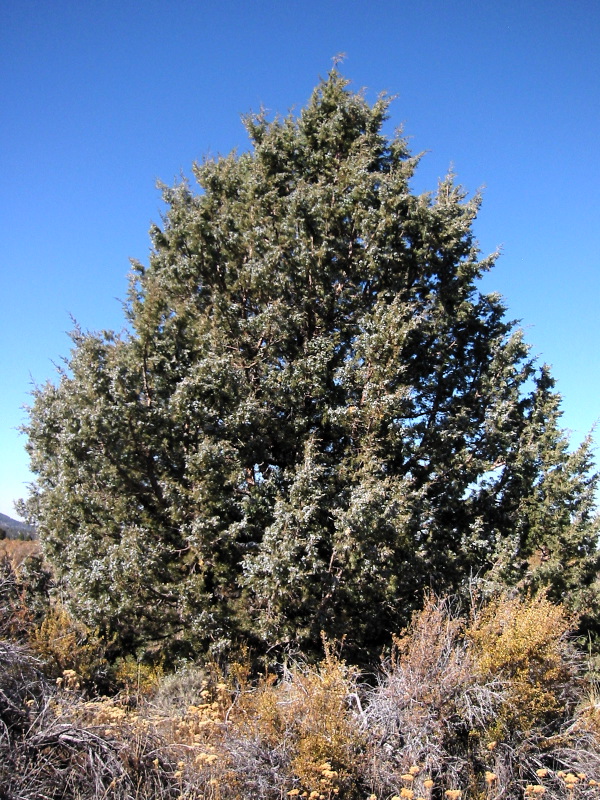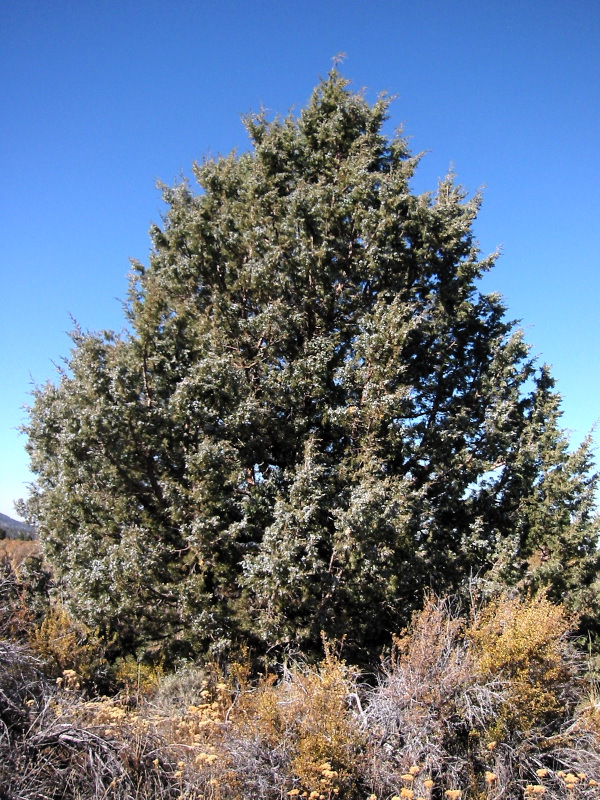Kyrgyzstan
Juniper Tree “Archa”
Juniperus

General Description / Cultural Significance
Juniper trees (Juniperus) are a member of the evergreen tree family. Capable of growing up to 10 feet tall, they require little water and thrive in dry, sandy soil. Juniper trees have dark green, needle-like leaves and grow berry-like cones that are primary food sources for turkeys and songbirds native to Kyrgyzstan. These berries have a potent, almost spicy aroma with a bittersweet flavor despite resembling a wild blueberry or currant in their fresh state. When dried, the berries are used to add a bold burst of flavor, to food and alcoholic beverages, most notably, gin. The berries also contain a variety of medicinal properties, including digestive promotion, purification for stomach ailments, and occasionally as an agent to stimulate contraction of the uterine muscles during childbirth.
In Kyrgyzstan, burning juniper is also a common household practice during festivals and celebrations. Most notably, during Nooruz, also known as the Persian New Year celebrations, an elder community member will parade a pan of burning juniper branches, chanting blessings and prayers of prosperity for the new year. Fire is believed to be a symbol of purification, and the juniper provides an extension into the spiritual realm as a symbol of endurance and safeguarding. However, in recent decades during the winter, people have begun to take advantage of the Juniper tree’s sturdy, slow-burning wood, using it as a fuel and heat replacement to save coal—a resource far more sparse. This emerging practice has quickly become a national controversy as people have begun illegally chopping down live trees, claiming that they were already dead so they could use them for fire.
Climate Change / Conservation Status
Many of the forests in Kyrgyzstan are now subject to special protection. Though their growing environment is fairly low maintenance, their condition begins to deteriorate due to overgrazing, illegal logging, and annual deforestation both for infrastructural and personal benefit. At its current rate of decrease, annual deforestation is expected to exceed their local biomass within the next few decades.
Alternate Names
Juniper Wood
Gensita raetam
Sources
Britannica. “Juniper.” Encyclopædia Britannica, Encyclopædia Britannica, inc., 17 May 2024, www.britannica.com/plant/juniper.
“Juniper Forests and the Survival of High Mountain Communities.” Aga Khan Development Network, UCA, 16 Mar. 2024, the.akdn/en/resources-media/whats-new/spotlights/juniper-forests-and-survival-high-mountain-communities.
“Nowruz – Persian New Year, Origins & Traditions.” History.Com, A&E Television Networks, 19 Mar. 2024, www.history.com/topics/holidays/nowruz-persian-new-year.
Office of the Ambassador, Permanent Mission of Kyrgyzstan to the United Nations. This statement can be found on World Sensorium original website.


